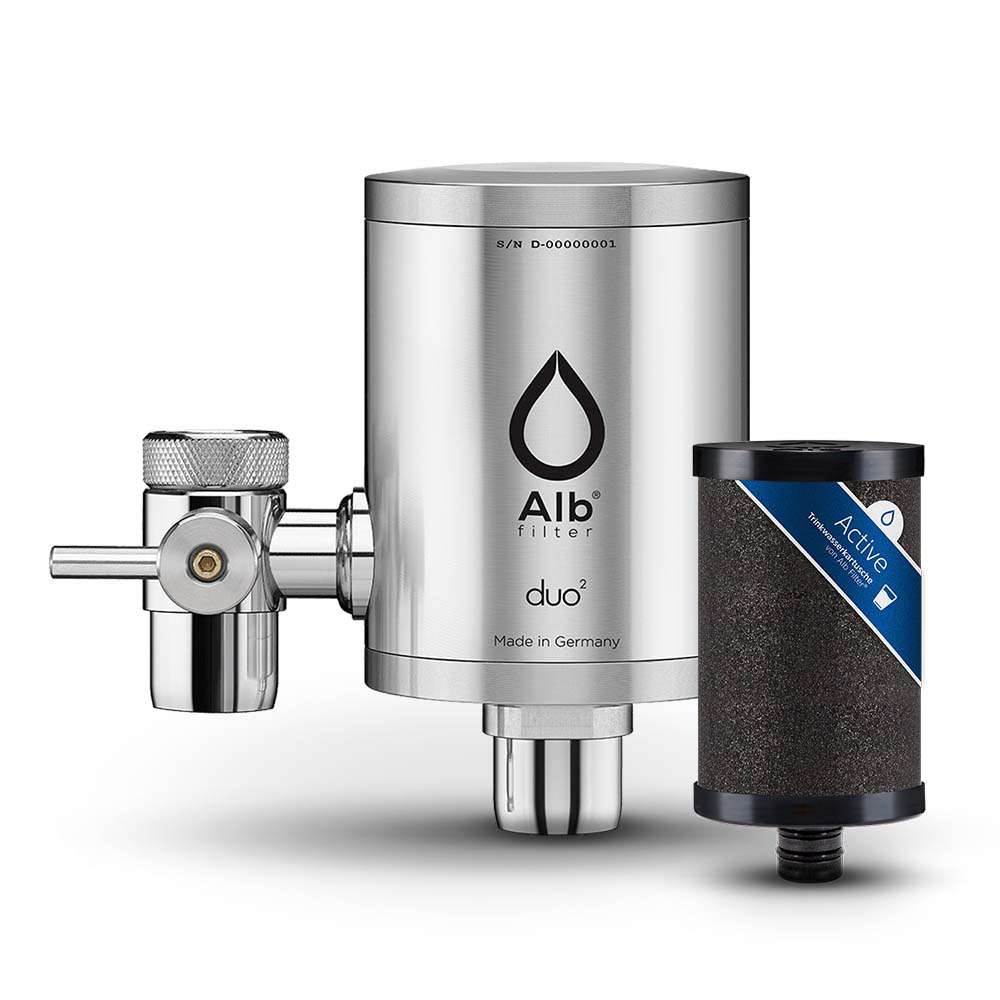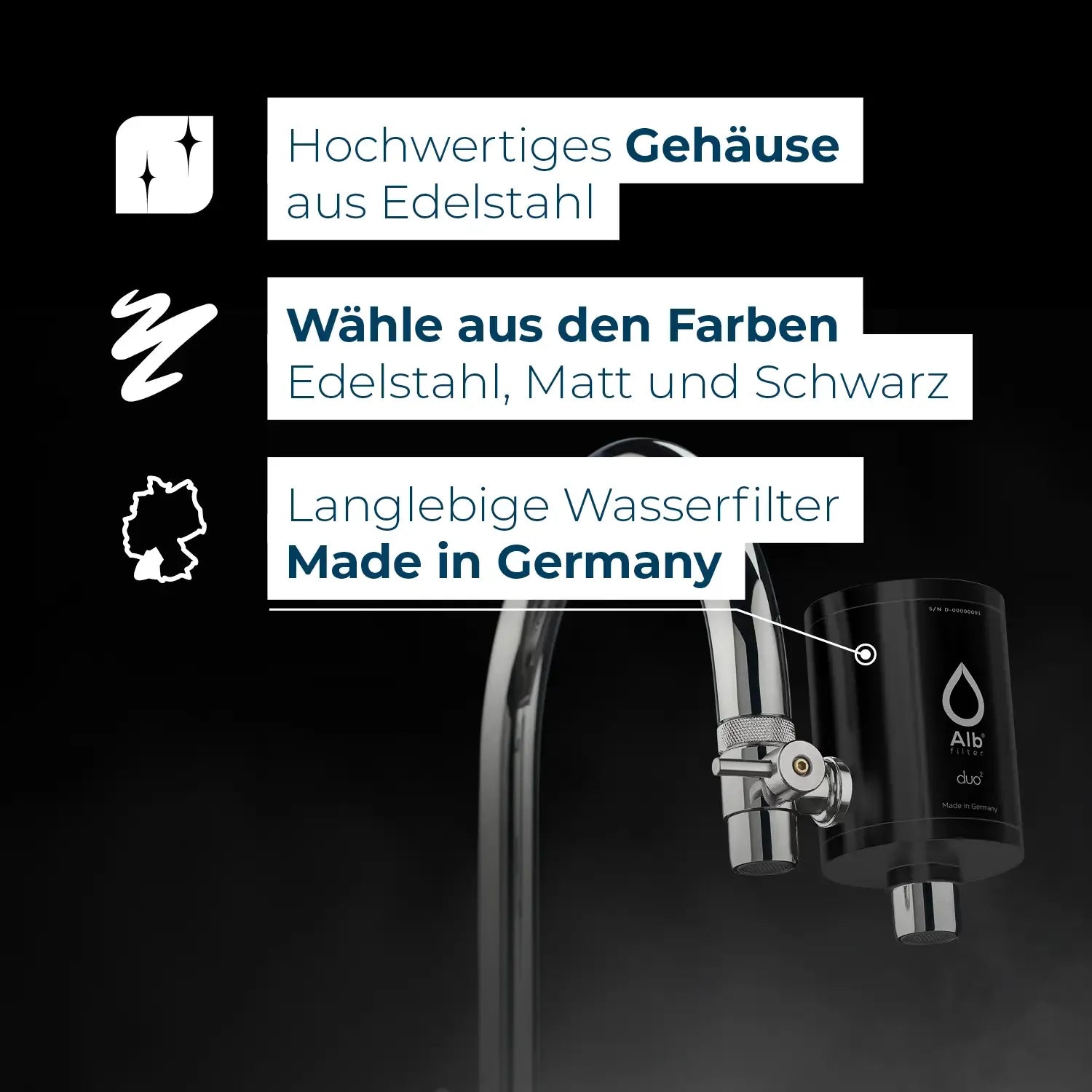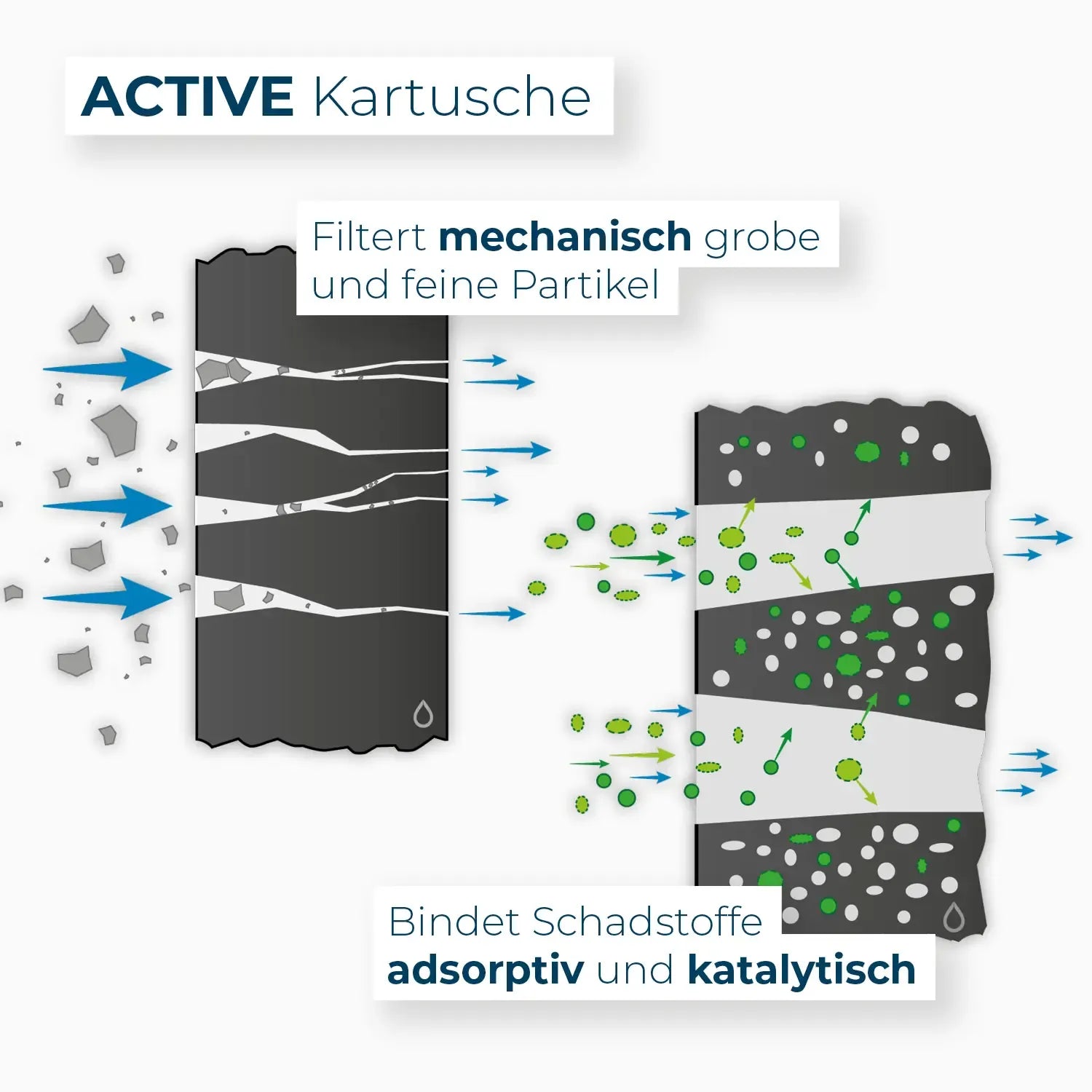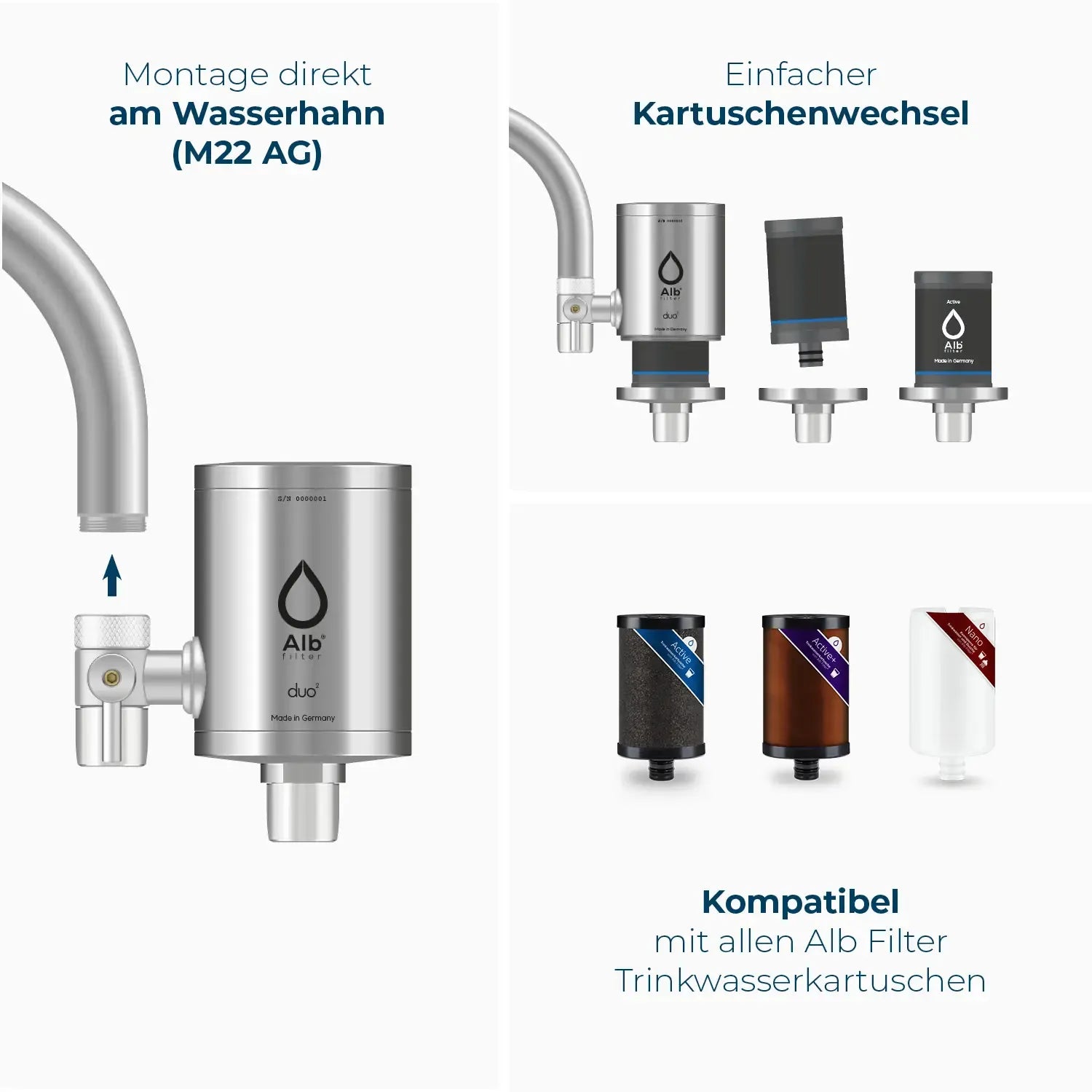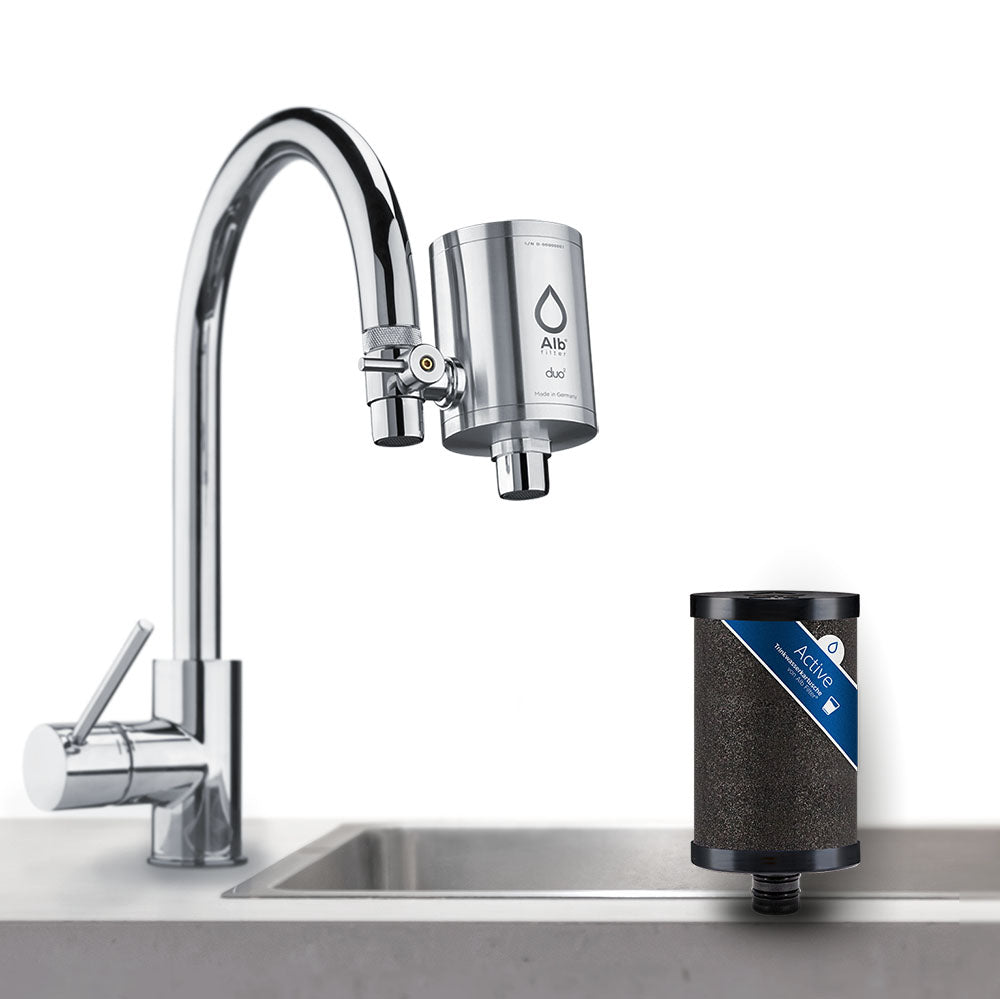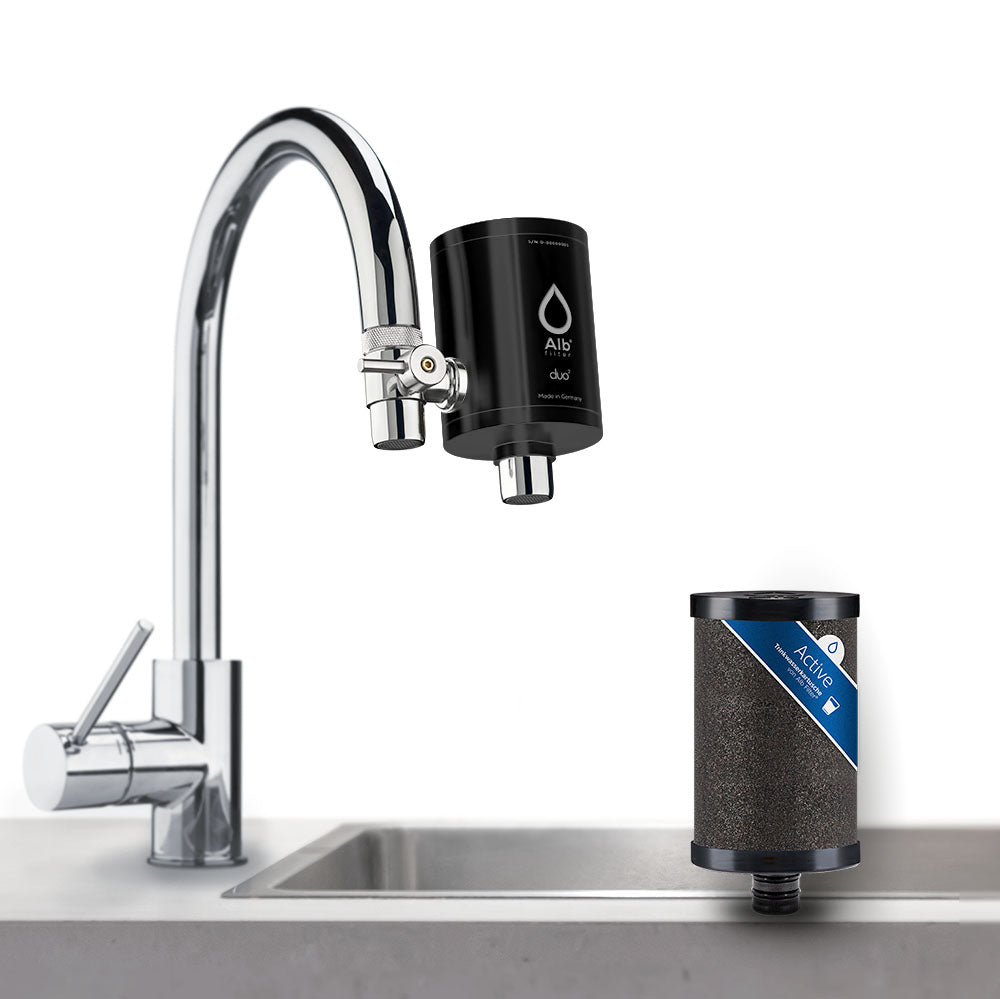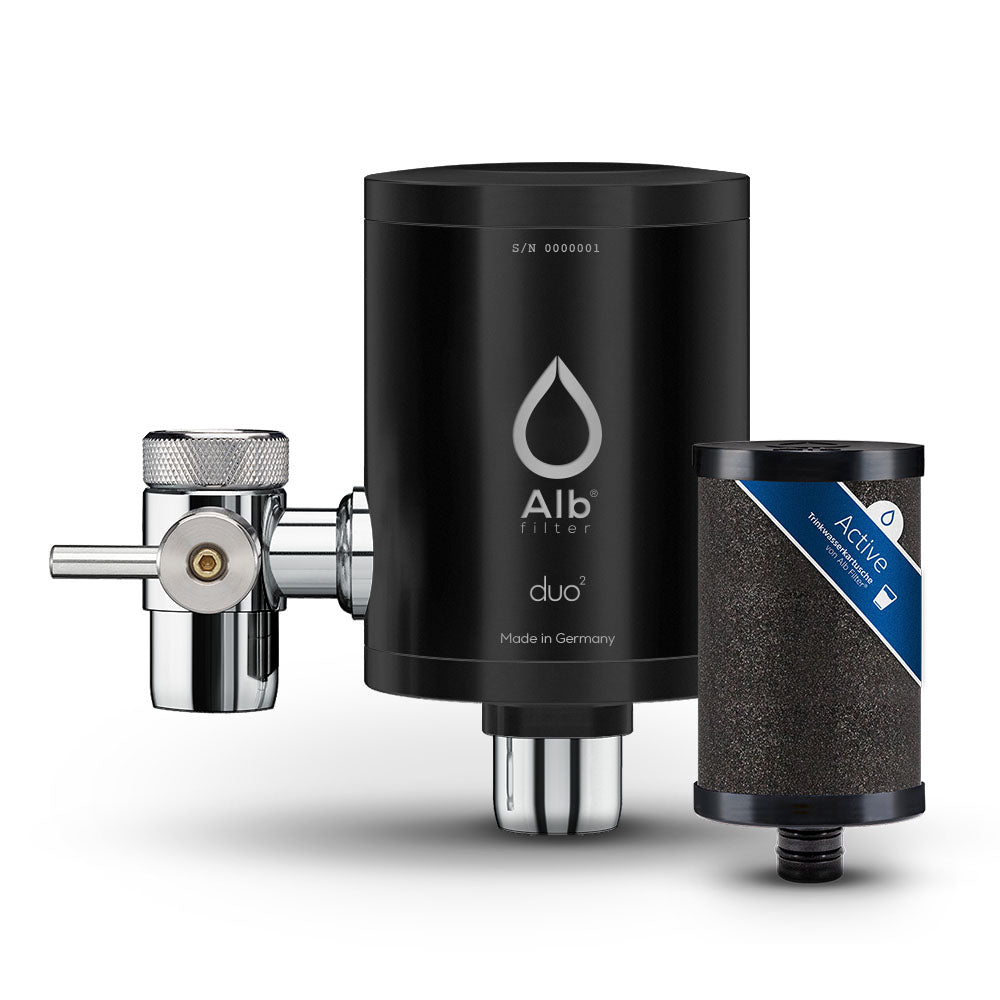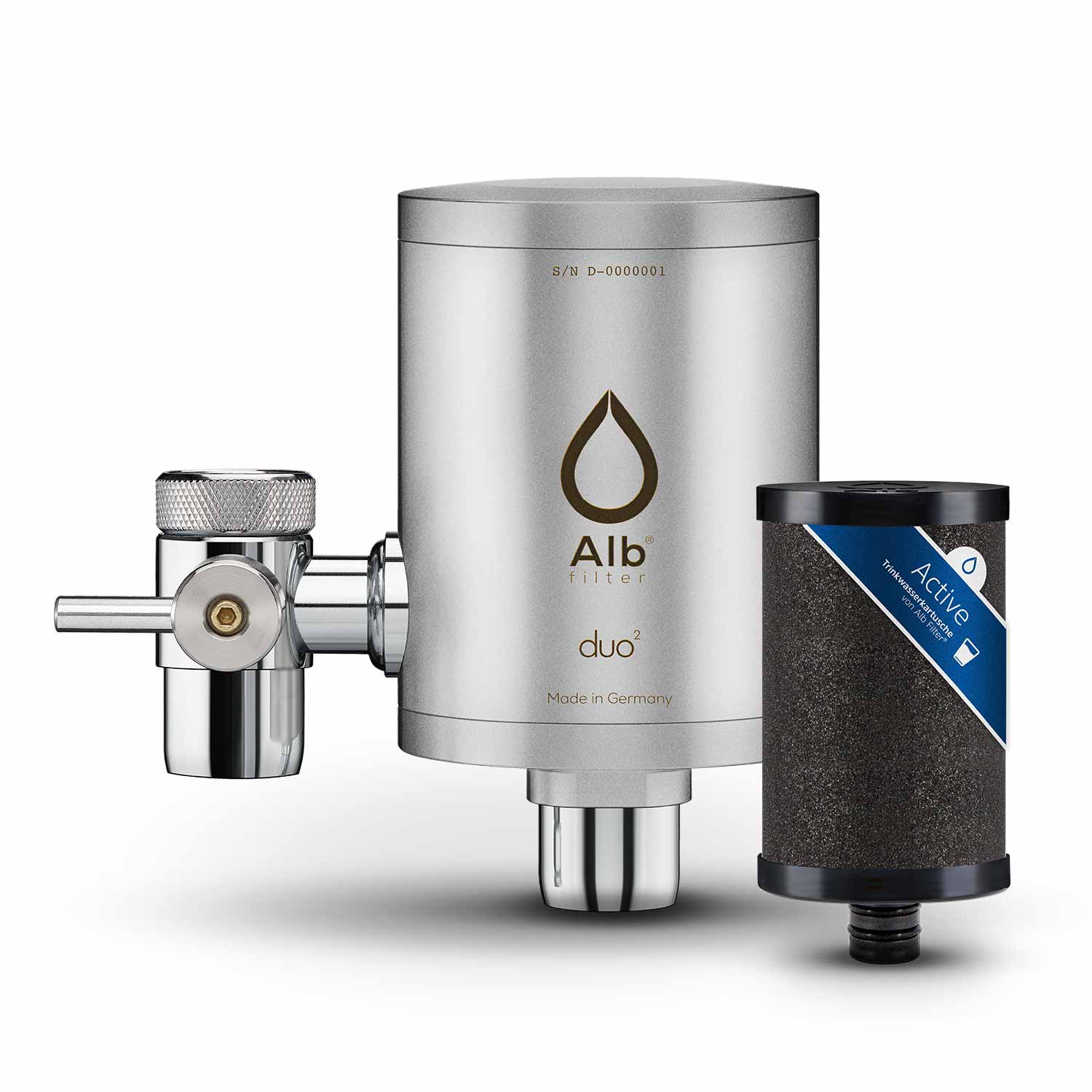Bioplastics
Pros and cons of bioplastics - Which materials do not harm the environment or health?
Alongside climate change, plastic is considered the biggest environmental problem. Plastic waste is destroying the oceans, accelerating global warming and the extinction of species. Microplastics damage the health of plants, animals and humans. But as environmental awareness grew, so did the hope that bioplastics could offer a saving alternative.
However, many of these substances have now come under fire, as some are neither biodegradable nor harmless.1 In reality, however, it is a problem of understanding that goes hand in hand with the question of the correct definition.
What actually is a bioplastic?
Bioplastics have a longer history than what we are familiar with today as plastic, namely plastic made from fossil materials such as crude oil. The first factory to produce celluloid opened back in 1869. This plastic is based on cellulose, a renewable raw material obtained from plants. The entire history of cinema, for example, is closely linked to celluloid, from which films are made, right up to the digital age. Everyone is also familiar with cellophane, which was mass-produced as early as 1923 for transparent films and many other products.

Parts of Alb Filter water filter cartridges made of lignin (liquid wood). Indistinguishable from conventional plastics.
Bioplastics are primarily made from vegetable oils and fats, sawdust, food waste, straw, grain, corn, bamboo and potatoes. These provide raw materials such as sugar, starch, cellulose and lignin. They are now used to make a wide variety of products, from disposable tableware, bin liners and packaging materials to furniture.
For a long time, these plastics made from renewable raw materials were displaced by cheaper, mineral oil-based plastics such as Bakelite. Only the ecological crisis brought them back into the spotlight. From 1980 onwards, new bioplastics were developed, such as polylactides (PLA), cellulose acetate and thermoplastic starch (TPS).
Important distinction between bio-based plastics and biodegradable plastics
Nevertheless, these materials do not necessarily have to be sustainable if, for example, they cannot be broken down. For this reason, a distinction is also made between bio-based plastics (i.e. they are made from plant products) and biodegradable or compostable plastics. These may or may not consist of biopolymers that can be decomposed by microorganisms.
Only some of the materials often referred to as bioplastics meet ecological criteria. Biodegradable plastics can also lead to the production of greenhouse gases such as methane.

Compostability mark of European Bioplastics and DIN CERTCO according to EN 13432
Bio-based plastics can in turn have disadvantages due to the energy required to produce them or the fact that they take up agricultural land for food production. Only certain materials are actually compostable within 12 weeks in the sense prescribed by the technical standard DIN EN 13432. It is therefore very important to understand these plastics in more detail.
How exactly are bioplastics defined?
The International Union of Pure and Applied Chemistry (IUPAC) recommends the term biobased polymers as a distinction from polymers made from fossil materials and as a replacement for the discredited term "bioplastics". It points out that bio-based polymers are not considered superior until this has been proven on the basis of the life cycle of the material. 2
Consequently, high demands must be placed on bioplastics so that they stand out positively from conventional plastics. Developments in recent years with new materials, also known as novel bioplastics and drop-ins, such as "liquid wood" made from lignin, give rise to great hope.

Injection molding granulate made from renewable raw materials
Which bioplastics have sustainable qualities?
Of the biodegradable plastics developed in recent years, "bio-based starch plastics, polyactide and polyhydroxy fatty acids as well as fossil-based polyester have established themselves." 3
- Starch and starch blends
Plastics made from starch play an important role: "Thermoplastic starch (TPS or starch blends) is currently the most important and most commonly used bioplastic. It accounts for around 80% of the total bioplastics market." 4 It is produced from potatoes, wheat and corn and is used to make plant pots, drinking cups and carrier bags, for example. However, bioplastic bin liners do not belong in the compost or in the organic waste garbage can, but must be disposed of with the residual waste. - Polylactic acid
Polylactic acid (PLA) is also increasingly being used. "Polyactide (PLA) or polylactic acid is a biodegradable polyester and is polymerized from the monomer lactic acid." 5 PLA can be easily processed into films, bottles and trays, but is also used for implants and suture material in medicine.
TPS and PLA combine two important characteristics for an advantageous bio-based plastic: they are biologically based and biodegradable. - PHF or PHB (polyhydroxybutyric acid)
Polyhydroxybutyric acid (PHB) or "polyhydroxy fatty acids (PHF) in general are also becoming increasingly popular. They are thermoplastic polyesters obtained by the action of bacteria or fungi on sugar or starch." 6 These lead to products with very good mechanical properties.
Liquid wood: example of a sustainable bioplastic made from lignin
Lignin is a basic substance contained in wood waste and gives plants the necessary strength. It is well suited to the production of highly valuable bio-based plastics. The branded product Arboform®, also known as liquid wood, was created from it back in 1998. After the turn of the millennium, applied research was carried out at the Fraunhofer Institute, which led to the development of further lignin-based plastics. 7 This led to the development of the material Arboblend®, which consists of a formulation of various biopolymers and is biodegradable. These bio-based plastics combine various important features for sustainability: the processing of lignin conserves resources and at the same time does not pollute the environment with plastic that is difficult to break down. There are now many applications for this, from musical instruments to household goods. But the liquid wood used in Albfilter water filters also underlines their sustainability.

Arboblend - made from renewable raw materials
Summary
Bioplastics or biopolymers are terms that require a precise definition in terms of their origin and the possibilities of degrading them in an environmentally friendly way. After a period of skepticism, numerous new developments in biopolymers over the last 20 years have raised hopes for their use as a sustainable alternative to conventional plastics. For their part, consumers can contribute to a better eco-balance of bioplastics by using and reusing products properly.
Related articles and products
References
- IopScience: "Land use mediated GHG emissions and spillovers from increased consumption of bioplastics" (06.12.2018)
https://iopscience.iop.org/article/10.1088/1748-9326/aaeafb/meta - Wikipedia: "Bioplastic" (11.07.2020)
https://en.wikipedia.org/wiki/Bioplastic#cite_note-IUPAC2012-5 - Federal Environment Agency: "Biodegradable plastics" (08/2009)
https://www.umweltbundesamt.de/sites/default/files/medien/publikation/long/3834.pdf - ibid. (3)
- ibid. (3)
- ibid. (3)
- Fraunhofer Institute: "Enzymatic modification of lignin"
https://www.igb.fraunhofer.de/de/forschung/industrielle-biotechnologie/bioprozessentwicklung/etablierung-und-scale-up-von-technischen-enzymprozessen/Enzymatische-Modifikation-von-Lignin.html



